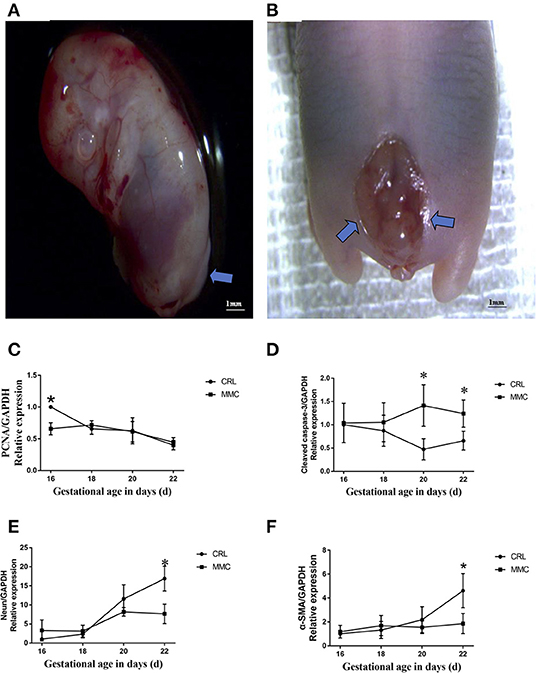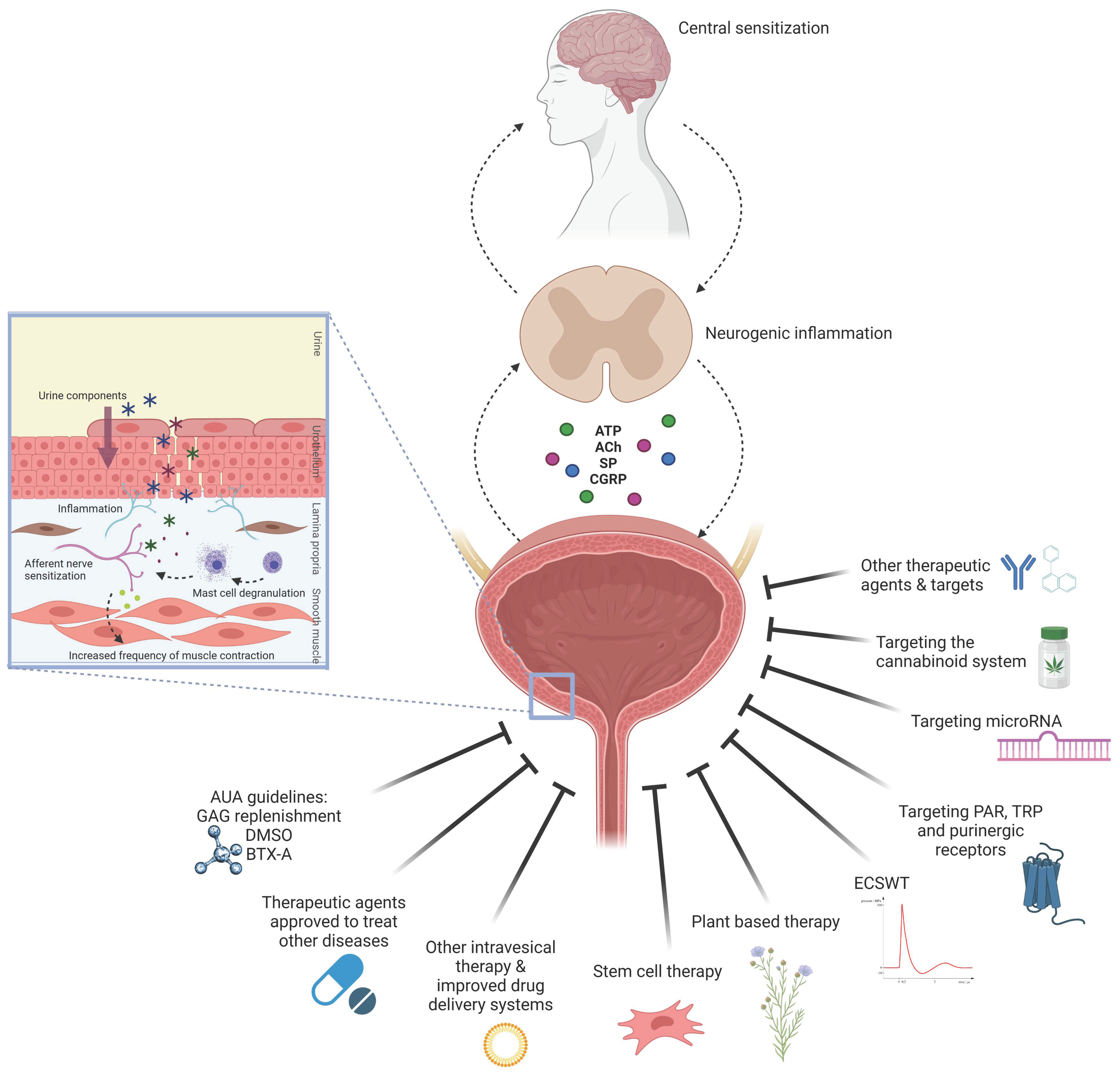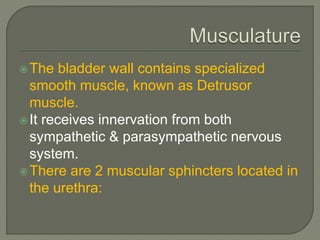
It was showed that abnormal strain frequency profoundly induces elastogenesis in the ex vivo bladder, and it provides a basis for tissue engineering constructs with controlled BSMC penetration and ECM composition. Numerous pathologies that affect the urinary bladder, such as spinal cord injury (SCI), bladder outlet obstruction, or diabetes, cause bladder wall remodeling. Bladder remodeling is marked by changes in the extracellular matrix (ECM) proteins collagen and elastin as well as alterations in bladder smooth muscle cell (BSMC) hypertrophy and phenotype. Previous work has examined the bladder following SCI and found an early increase in elastin and hypertrophy followed by longer term fibrosis. These studies indicated that the mediating factor in bladder remodeling in response to early stage SCI and other pathologies such as obstruction and diabetes is strain. In the SCI bladder, the strain history is changed from normal filling and voiding to over distension and intermittent smooth muscle cell contraction. The goals of this study were to utilize an ex vivo organ culture model to examine the effects of strain on bladder smooth muscle remodeling, examine the effects of TGF-s1, found to be up regulated in the SCI bladder, and to utilize a tissue engineering methodology to examine the effects of strain in cell-seeded biologic scaffolds. The first aim from this study showed that abnormal strain frequency profoundly induces elastogenesis in the ex vivo bladder. Further examination with the addition of TGF-s1 with and without mechanical stimulation showed that mechanical stretch of the ex vivo bladder mimics the early stage SCI bladder in remodeling and cell phenotype, and the addition of TGF-s1 alters this phenotype. Additionally, it was found that TGF-s1 added to culture of BSMC on collagen gels decreases gel contraction but increases collagen organization of the gels. Finally, in a tissue engineered construct it was found that the growth factors VEGF and FGF-2 promote penetration of BSMC into small intestinal submucosa and that strain frequency alters the ECM proteins that the BSMC produce with a frequency of 0.1 Hz promoting elastogenesis and a frequency of 0.5 Hz promoting collagen production. The information gained in this study gives further insight into the role of strain in pathological remodeling of the bladder, and it provides a basis for tissue engineering constructs with controlled BSMC penetration and ECM composition.

PDF] Strain induced remodeling of urinary bladder smooth muscle

Insights into the associative role of hypertension and angiotensin

Frontiers The Mechanism of Bladder Injury in Fetal Rats With

Mechanical regulation of bone remodeling

PDF) Stretch-induced signaling pathways in the bladder smooth muscle.

PDF] Strain induced remodeling of urinary bladder smooth muscle

Biomedicines, Free Full-Text

Cellular mechanotransduction in health and diseases: from

PDF) Stretch-induced signaling pathways in the bladder smooth muscle.

PDF] Strain induced remodeling of urinary bladder smooth muscle

Mechanotransduction in gastrointestinal smooth muscle cells: role

PDF] Strain induced remodeling of urinary bladder smooth muscle

Progressive bladder remodeling due to bladder outlet obstruction

PDF] Strain induced remodeling of urinary bladder smooth muscle

Piezo1 in Smooth Muscle Cells Is Involved in Hypertension






